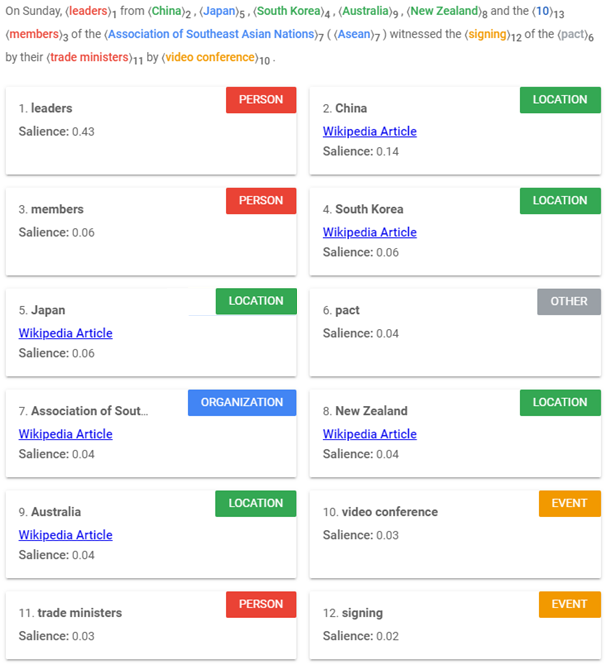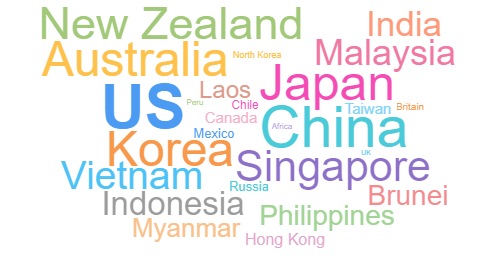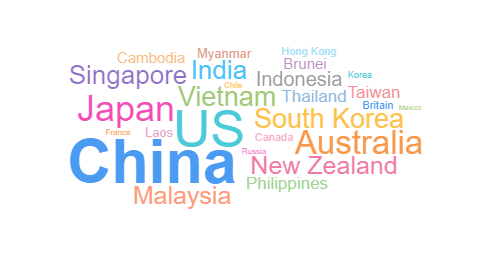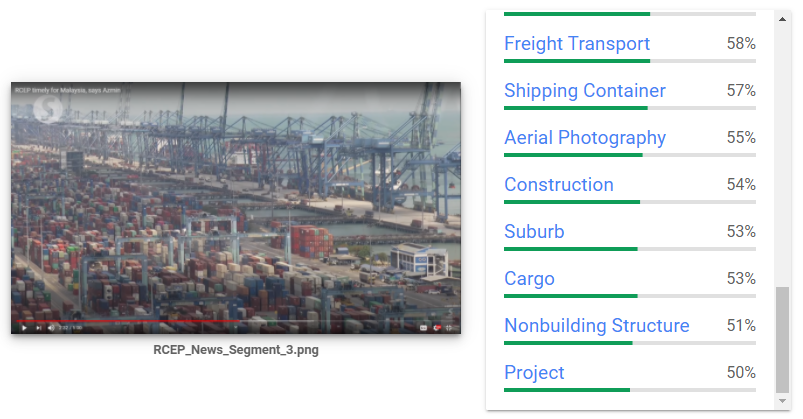Blog
The Eco-Spin Cycle: how brand’s sustainability claims come out in the wash
Regulators are cracking down on corporate greenwashing, but what does media discussion reveal about its impact on brand-consumer relations?
The media coverage of the regional comprehensive economic partnership (RCEP), a monumental deal among 15 Asia Pacific countries, has been interesting.
As media analysts, we looked into more than 800 articles and videos from the prominent news outlets across the 15 countries that signed the deal within the time period of 8 November to 20 November 2020.
We employed state of the art AI models specialising in natural language processing (NLP), and contextualised them with our strategic viewpoint.
Sharing more about the AI analysis, Joseff Ymanuel Tan, Jr, data scientist at Isentia, noted: “NLP models work well for key information retrieval, specifically identifying proper nouns (entities). The entities are classified into several categories by the AI/NLP model.”


Sharing insights from the NLP analysis, Arisa Otsuka, Analyst at Isentia, said, “This deal was seen as a significant victory for China as it reduces the impact of the ensuing trade war between the US and China by reducing China’s reliance on US trade [1]. The articles also mentioned the waning influence of the US as many allies rethinking their economic ties with the US [2].”
One of those US allies being Japan (584) which was also the third most mentioned country. Some of the reasons why Japan was mentioned where their plan to sign military ties with Australia [3]; also Japan was covered as the one ensuring the protection of their local farmers by retaining tariffs on essential products like rice, wheat, dairy etc.[4]
Arun Elangovan, Regional Analytics Manager of Isentia Asia said, “At first glance of the country names, the AI is merely confirming the hypothesis that everyone would have regarding this deal, the 15 countries who signed the agreement are covered equally. But when we look at the results of the AI through a different lens, the message changes.”
While the previous word cloud shows how many articles the countries appeared in, the following word cloud demonstrates how many times the countries were mentioned across articles. This word cloud not only captures the essence of how prominently a country is covered but also uncovers subliminal messages or in other words, the unsaid.

The media also extensively covered some countries that were not part of the deal. The first one being India (296 articles), as India was initially part of the RCEP and withdrew towards the end of last year. The coverage on India was mostly about how the countries (esp. Australia, Singapore & Vietnam) [5][6] are hopeful & keeping the door open for India to join the partnership in the future. Japan considers India’s presence necessary to counter China’s economic weight [7]. The other country was Taiwan (66 articles). Taiwan was reportedly underplaying the significance of RCEP by pointing out that 70% of it’s exports to RCEP is already tariff-free; instead, they were hopeful of joining the Trans-pacific Partnership (CPTPP).[8]
The subliminal messaging in video coverage are less subtle as compared to articles. This is due to a video having 2 components, the visuals and the audio/speech.
“Most of the news reporting on mainstream media state the facts through the audio/speech and show accompanying visuals. When we analysed the audio/speech, the narratives were very similar to the one we uncovered through the articles,” said Ma. Angelica Tatad, Data Scientist at Isentia.
But while analysing the visuals we found different narratives. Francis De Leon, Jr. Data Scientist at Isentia said the analysis of the video was “done through a state of the art neural network (AI) which can identify the objects shown in a video. Our analysts then group these object labels into relevant categories.”
Apart from the usual suspects with groups of objects detected like people (incl. audience, speaker, journalist etc.) & event-related labels (incl. conference, auditorium etc.).

There were some interesting group of objects detected such as Buildings & Cityscape.


These groups of labels seem to indicate that the media is visually portraying this partnership as future-looking and opportunity for progress.

The media also showed various parts of the food supply chain, touching on one of the top priorities for countries especially in the Southeast Asia region, food security. This deal brings could potentially ease the tariffs on food import and export amongst the countries that are part of the deal.
Analysing the coverage around RCEP through the eyes of the AI revealed that the media while largely emphasising the impact on the on-going power dynamics be it the dynamics between the US & its allies and China, also portrayed this deal as bringing a bright and prosperous future to the countries in the region. It also revealed that there are some subtle/subliminal messages that lie underneath the obvious.

Written by: Arun Elangovan, Regional Manager, Advance Analytics – Insights, Asia
Get in touch or request a demo.